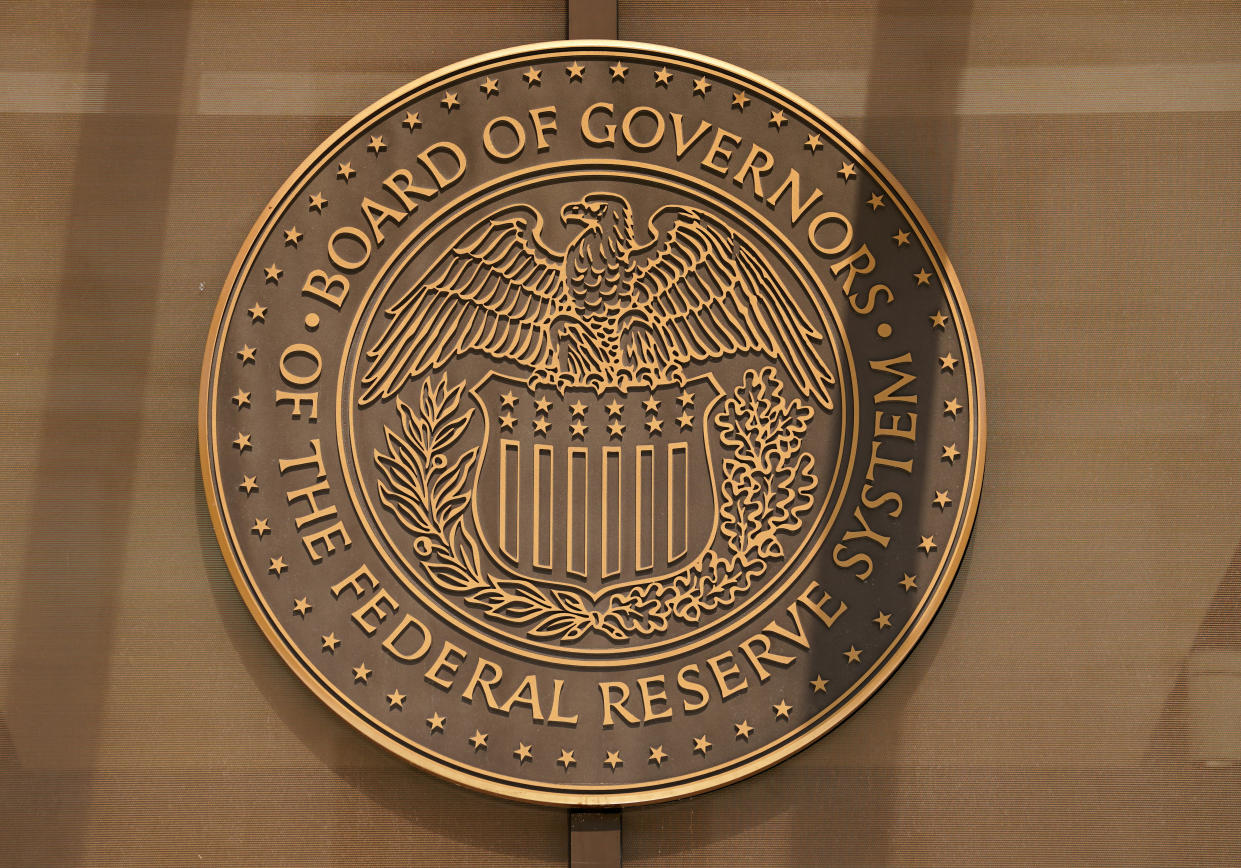Fed’s Beige Book shows signs inflation is slowing, but job market remains tight
The pace of increase in inflation slowed from earlier in the year, though continued at a "modest to moderate pace" across the Federal Reserve’s 12 bank districts in December, according to the Fed's latest Beige Book report.
The compilation of anecdotal evidence released Wednesday found many retailers had a harder time passing on cost increases as consumers have become more sensitive to prices, leaving some retailers to resort to discounts to move merchandise.
Meanwhile, manufacturers in many districts reported continued easing in freight costs and prices for commodities, including steel and lumber, though some said input costs remained elevated.
Looking ahead, prices are expected to slow further across the country, according to the report.
Fed officials are looking closely at the job market for signs of any slowing given the link between a strong job market and wage growth which has in part pushed inflation above their 2% target.
Data from Beige Book, collected on or before January 9, showed a strong job market with companies continuing to have a hard time filling open positions and strong wage growth. Many firms also hesitated to lay off employees even as demand for their goods and services slowed and planned to reduce headcount through attrition if needed.
With the exception of New York, economic activity across the Fed’s districts was mostly unchanged with slight or modest increases or decreases since the last report at the end of November. In the New York district, however, the local economy contracted, led by a sharp drop in the manufacturing sector that experienced the most widespread drop since early in the pandemic. Most business contacts do not expect activity to increase in the coming months.
Officials will use this report to form the basis of their economic conversations at their two-day policy meeting set to take place Jan. 31-Feb. 1.
Some officials have hinted that a 0.25% rate hike makes sense at the next meeting, while others favor a 0.50% rate hike. In December, the Fed raise interest rates by 0.50%, bringing cumulative interest rate increases in 2022 to 4.25%.

Read the latest financial and business news from Yahoo Finance
Download the Yahoo Finance app for Apple or Android
Follow Yahoo Finance on Twitter, Facebook, Instagram, Flipboard, LinkedIn, and YouTube
